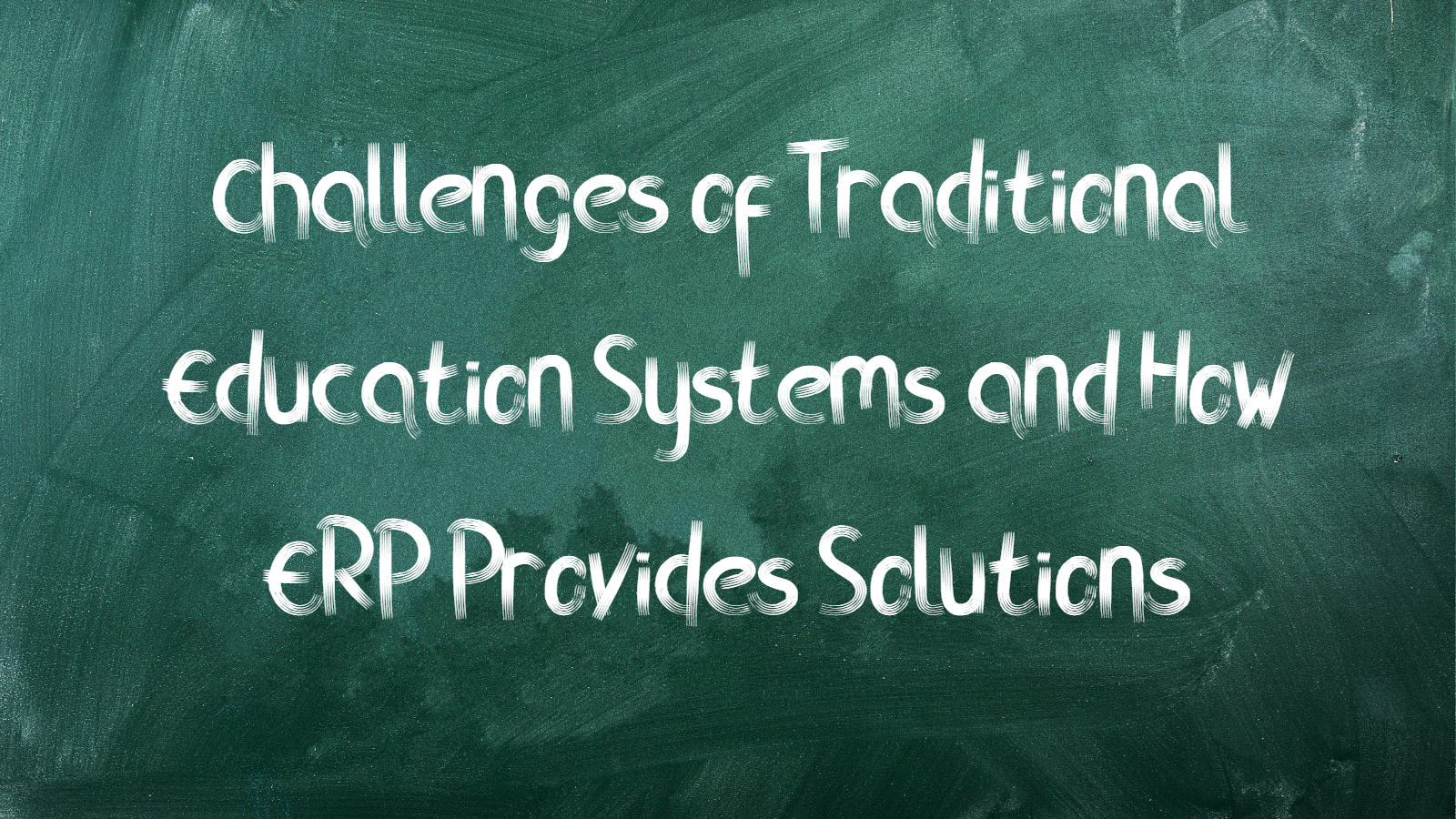Introduction
Enterprise Resource Planning (ERP) systems have become integral to modern businesses, streamlining operations, enhancing efficiency, and fostering innovation. However, the road to ERP implementation is often with challenges, the main one among them being resistance to change. Employees, familiar with established workflows, may see the implementation of an ERP system as troublesome.
In this blog post, we will explore the common sources of resistance to change in ERP implementation and provide comprehensive strategies to overcome these hurdles.
Understanding the Sources of Resistance
Resistance to change is a natural human response, rooted in the fear of the unknown and the discomfort associated with stepping outside one’s comfort zone. When it comes to ERP implementation, the following factors often contribute to resistance:
Fear of Unemployment
Employees may fear that the introduction of ERP will automate tasks, making their roles ancient. This fear can lead to resistance as employees perceive the technology as a threat to job security.
Lack of Understanding
A lack of clear communication about the benefits and functionalities of the ERP system can produce uncertainty and resistance. Employees need to understand how the ERP system will enhance their daily work rather than complicate it.
Change Fatigue
If an organization has undergone multiple changes recently, employees may suffer from change fatigue. Implementing another significant change like ERP may be met with resistance simply due to exhaustion from previous transitions.
Inadequate Training
The absence of proper training programs can make employees feel ill-equipped to navigate the new system. This lack of confidence can result in resistance as employees revert to familiar and less efficient methods.
Strategies for Overcoming Resistance
Communication is Key
Transparent and consistent communication is paramount in addressing resistance. Clearly express the reasons behind the ERP implementation, emphasizing how it aligns with the organization’s goals and benefits employees in the long run. A study by Prosci revealed that projects with effective communication plans are six times more likely to meet or exceed objectives.
Inclusive Decision-Making
Involve employees in the decision-making process to make them feel a sense of ownership over the change. Seek their input and address concerns, fostering a collaborative atmosphere that mitigates resistance. According to a McKinsey study, organizations with employee involvement in decision-making during change initiatives are 3.5 times more likely to outperform their industry peers.
Provide Comprehensive Training
Invest in thorough training programs to equip employees with the skills needed to navigate the ERP system confidently. This not only reduces resistance but also enhances overall productivity. Research by Training Industry Magazine suggests that companies that invest $1,500 or more per employee on training experience an average of 24% higher profit margins.
Highlight Short-Term Wins
Break down the ERP implementation into manageable phases, showcasing quick wins that demonstrate definite benefits. This helps build momentum and convinces employees that the change is positive. According to Kotter’s Change Management Model, creating short-term wins is a critical factor in achieving successful organizational change.
Address Job Security Concerns
Ease fears of job loss by emphasizing that ERP is a tool to enhance productivity and not replace humans. Showcase how the system will allow employees to focus on more meaningful, strategic tasks. A survey by Randstad US found that 82% of employees are more likely to stay with an employer that offers career development opportunities.
Conclusion
Overcoming resistance to change in ERP implementation requires a multifaceted approach that combines effective communication, inclusive decision-making, comprehensive training, and a focus on short-term wins. By understanding and addressing the sources of resistance, organizations can pave the way for a smoother transition, ensuring that ERP systems become a motivation for positive transformation rather than a source of anxiety for employees.
Frequently Asked Questions (FAQs)
Why do employees resist ERP implementation?
Employees may resist ERP implementation due to fear of job loss, lack of understanding about the system’s benefits, change fatigue, and inadequate training. Addressing these concerns is crucial in overcoming resistance.
How can organizations effectively communicate the need for ERP implementation?
Organizations should communicate transparently, emphasizing the alignment of ERP with organizational goals. Regularly share information about the benefits of the system, addressing concerns and showcasing how it will positively impact daily work.
How can inclusive decision-making mitigate resistance?
Involving employees in the decision-making process fosters a sense of ownership and empowerment. Seek input, address concerns, and create a collaborative atmosphere that helps employees embrace the ERP change.
What role does training play in overcoming resistance?
Comprehensive training programs are essential to equip employees with the skills needed to navigate the ERP system confidently. Proper training boosts confidence, reduces resistance, and enhances overall productivity.
Why is highlighting short-term wins important during ERP implementation?
Showcasing short-term wins provides evidence of the benefits of ERP. This builds acceleration, brings confidence, and convinces employees that the change is positive, encouraging their support throughout the implementation process.
How can organizations address concerns about job security during ERP implementation?
Relieve fears of job loss by clearly communicating that ERP is a tool to enhance productivity, not replace human input. Emphasize how the system allows employees to focus on more meaningful, strategic tasks, contributing to job satisfaction and security.
Is employee involvement in decision-making truly effective during change initiatives?
Yes, studies, including one by McKinsey, have shown that organizations with employee involvement in decision-making during change initiatives are 3.5 times more likely to outperform their industry peers.
Are there statistics supporting the importance of effective communication in change management?
Absolutely! According to a study by Prosci, projects with effective communication plans are six times more likely to meet or exceed objectives.
How can organizations create a balance between addressing resistance and maintaining productivity during ERP implementation?
Balancing resistance and productivity involves a phased approach, inclusive decision-making, and prioritizing short-term wins. This ensures that the organization continues to function effectively while adapting to the changes brought about by ERP implementation.
What are the long-term benefits of successfully overcoming resistance to ERP implementation?
Successfully overcoming resistance results in a smoother transition, improved employee morale, increased productivity, and the realization of the full potential of the ERP system. Organizations that effectively manage change are more likely to stay competitive and agile in a rapidly evolving business landscape.








